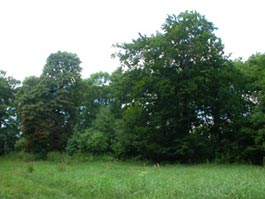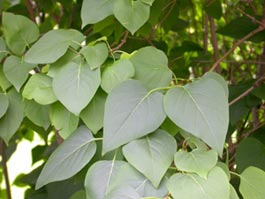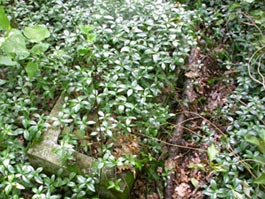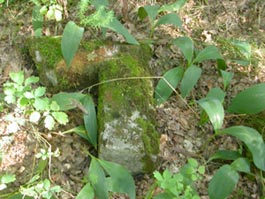 |
 |

|
Cmentarze Methods |
|||||
The PreparationsThe preparatory measures for Phase I of the project consisted of an extensive analysis of the publications and the detailed checking of new and old maps. For some of the cemeteries there were existing older documentations. There were also newer pictures and other material provided by Maciek Barciński, Annegret Krause, Jürgen Bomert, Paweł Kowalski and Maciej Jaworski. The sum of these information resulted in a long list of cemeteries. For all these cemeteries it was planned to collect documentary photos and inscriptions on site. Of course this list was incomplete and at the same time too extensive to be handled within a realistic timeframe. So priorities had to be established. These priorities considered the existing material, certain logistic aspects and personal interests. The resulting choice of cemeteries covered for phase I was therefore rather coincidental. Phase II of the Cmentarze Project started in January 2006. The working strategy was to view present-day maps for cemeteries. Many of the old cemeteries are marked on scale 1:50 000 or 1:100 000 maps. Even some scale 1:300 000 maps show several of the old cemeteries that are not marked on the more detailed maps. Of course not all of the old cemeteries are marked on the nowadays maps and of course from their appearance on the maps they cannot be distinguished from the cemeteries which are still in use. So the first task was to collect the positions of all the cemeteries marked on any map together in one map with a usable scale. The second step was to decide which of the collected cemeteries were likely candidates for being "old non-Catholic cemeteries". The criterions for this decision were:
The result was another very long list of cemeteries which all had to be visited to see what kind of cemetery it really was. Phase III of the Cmentarze Project started in January 2007. This time the list of research objects was supplemented with cemeteries found on the very detailed Polish WIG maps created in the early 20th century. |
|||||
The Work on SiteFinding a cemetery in the landscape sometimes turns out to be a real challenge. There are no direction signs or parking lots like for the cemeteries that are still in use. Most times there isn't even a sand road leading to the cemetery. Only in very few cases there are fragments of walls or gates indicating the boundary of a cemetery. But as Annegret Krause had mentioned in her report about the Niedrunger Villages the plants proved to be a reliable guide to lead to a cemetery. Huge Oaks or Horse Chestnuts standing prominently out of the mass of the more common trees testify for the existence of a somewhat unusual place in a wood or a grove. Masses of Lilac usually tell you that you are near the area of a cemetery. In a homogeneous looking pinewood the dark shades of Creeping Myrtle or the increased occurrence of Lily of the Valley tells you that you finally arrived. So here are our botanic helpers: |
|||||
In later project phases besides these botanic helpers a GPS receiver was used to find the cemeteries. See the section Cmentarze and GPS to learn how we used the Global Positioning System in this project. |
|||||
The Processing of the ResultsAfter the work on site during each project phase a selection of the collected photos was made. The remaining material should be complete enough to get a good documentation of each cemetery but should also reduce the amount of material. The next step was to map the inscriptions that were taken on site and the ones from older documentations to the existing selection of pictures. Short descriptions of the location and the condition of the cemetery or distinct objects were added. The form of presentation should be web pages. Since the collected amount of data prevented the usage of static HTML pages a database solution was chosen. Finding a common structure within the information that came from very different sources and time periods turned out to be a challenge. The multilingual character of the website also had to be considered. The planed presentation of the results should be clear, informative and easy to navigate. The pictures should load fast enough but should still be recognizable. |
|||||
|
Jutta Dennerlein, April 2008 |
|||||



